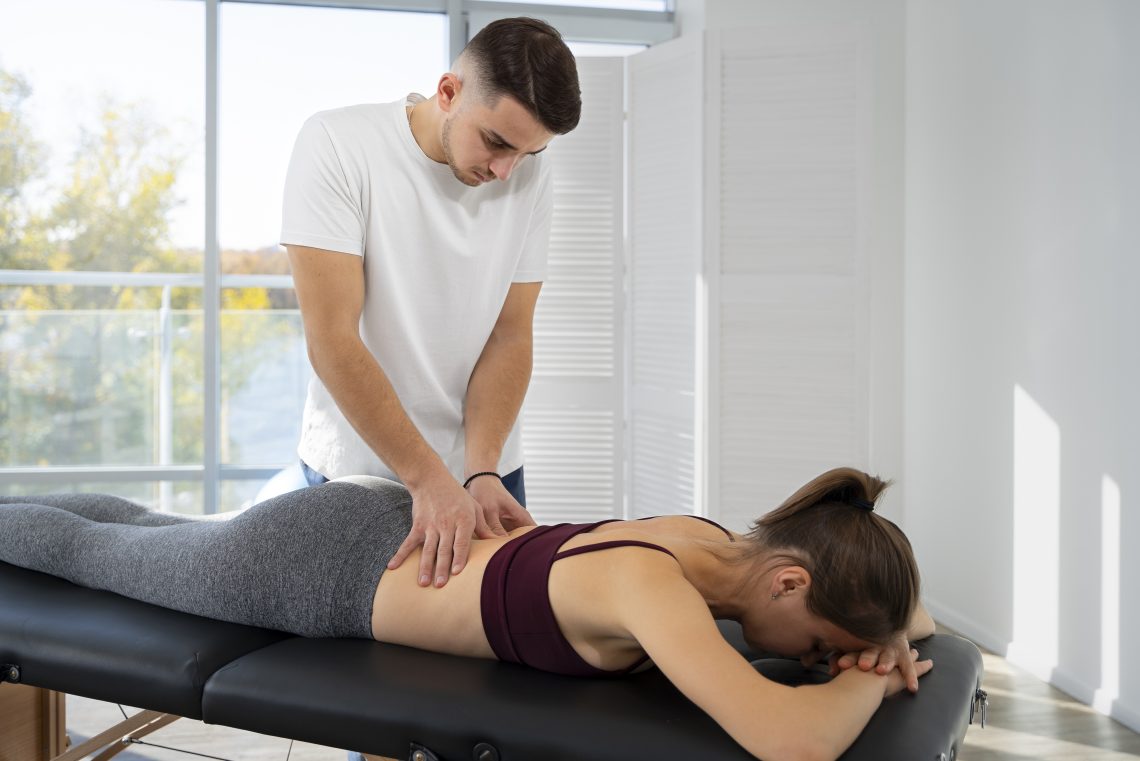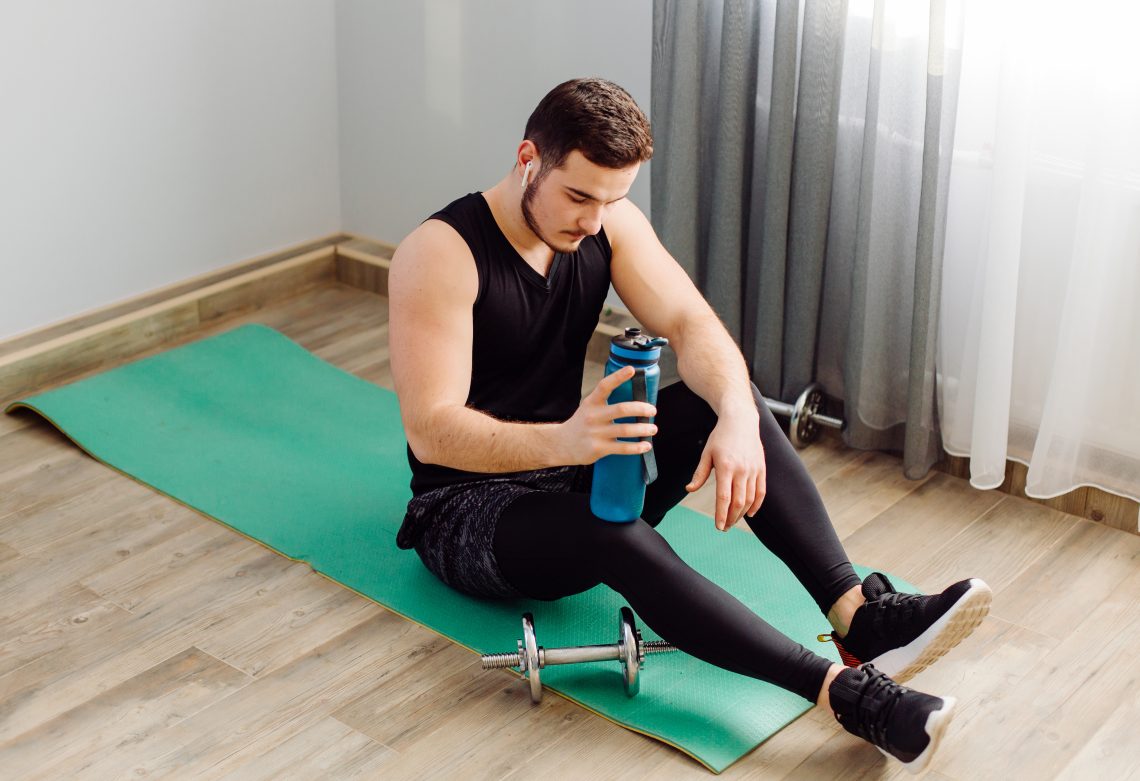Dry needling is a popular physiotherapy technique used to relieve muscle pain, tightness, and trigger points. It helps release knots in muscles, improve blood flow, and restore flexibility. But one of the most common questions people ask after the treatment is: Can I work out after dry needling? The short…
Latest Posts
-
-
Is Chiropractic Effective? A Complete Guide to Its Benefits and Results
Chiropractic care has gained immense popularity in recent years as a natural, drug-free treatment for various musculoskeletal conditions. But many people still wonder is chiropractic effective? Can spinal adjustments and manual therapy truly reduce pain and improve mobility? Let’s explore the science, benefits, and effectiveness of chiropractic care to help…
-
How to Release Trigger Points in Trapezius: A Complete Guide
The trapezius muscle the large triangular muscle extending from your neck to your mid-back plays a crucial role in shoulder, neck, and upper back movement. Whether you’re working long hours at a desk, carrying heavy bags, or experiencing emotional stress, the trapezius can easily develop trigger points those tight, painful…
-
How Long Does Osteopathy Take to Work?
Osteopathy is a hands-on therapy that focuses on improving the body’s natural ability to heal itself by treating the musculoskeletal system including bones, muscles, and joints. It’s commonly used to relieve back pain, neck stiffness, joint problems, and even chronic conditions like arthritis and sciatica. One of the most common…
-
How to Stop Headache Immediately at Home
Headaches are one of the most common health problems people experience in daily life. They can range from mild discomfort to severe, throbbing pain that interrupts work, sleep, and quality of life. Stress, dehydration, poor posture, sinus issues, or even skipping meals can trigger headaches. The good news is that…
-
How to Sleep with Lower Back Pain: Tips for Better Rest
Lower back pain is one of the most common health problems today, affecting people of all ages. It not only disrupts daily life but also makes it hard to get quality sleep. Poor sleep, in turn, worsens pain and slows recovery creating a frustrating cycle. The good news is that…
-
How to Cure Neck Pain Fast at Home
Neck pain is one of the most common problems in today’s lifestyle. Long hours of sitting at desks, working on computers, and even stress can make your neck stiff and painful. While severe or persistent pain should be evaluated by a healthcare professional, many people can find quick relief using…
-
How to Sleep in Sciatica Pain: Tips for Better Rest
Sciatica pain can make everyday life difficult, but one of the biggest challenges people face is getting a good night’s sleep. The sharp, shooting pain that runs from the lower back down the leg often worsens at night when you’re lying in bed. Without proper rest, your body struggles to…
-
Can Vitamin D Deficiency Cause Knee Pain?
Knee pain is one of the most common musculoskeletal problems affecting people of all ages. While injuries, arthritis, and overuse are well-known causes, there’s another factor that often goes unnoticed vitamin D deficiency. Research shows that low levels of vitamin D can contribute to joint pain, including discomfort in the…
-
How to Treat Tennis Elbow at Home: Effective Remedies and Tips
Tennis elbow (lateral epicondylitis) is a common condition that causes pain and tenderness around the outside of the elbow. Despite its name, it doesn’t only affect tennis players anyone who performs repetitive arm or wrist movements, like typing, weightlifting, painting, or even carrying groceries, can develop this condition. The good…
-
Why My Wrist is Paining? Causes, Symptoms, and Remedies
Wrist pain is one of the most common problems people face today, especially with long hours of typing, mobile phone usage, sports injuries, or even age-related conditions. If you’ve ever asked yourself, “Why is my wrist paining?” you’re not alone. Wrist pain can affect daily activities like writing, lifting, or…
-
How to Recover from Sports Injury: Tips for Faster Healing
Sports injuries are common among athletes, fitness enthusiasts, and even people who enjoy casual physical activities. While some injuries are minor and heal quickly, others may take weeks or even months to recover fully. Knowing how to recover from a sports injury the right way not only speeds up the…












